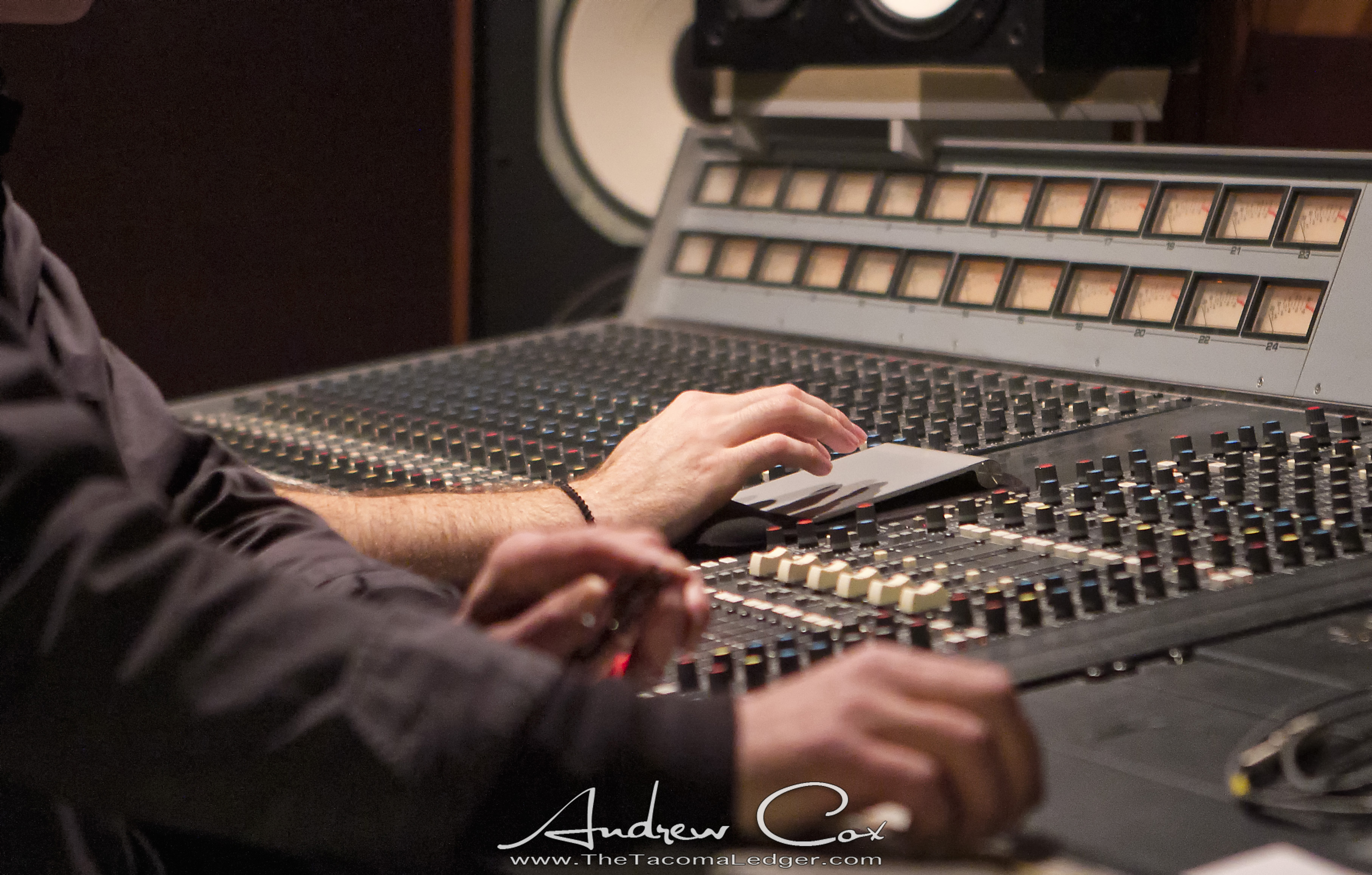Rubbing it the Wrong Way
I prefer to use a mouse for my laptop instead of the touch pad it came equipped with because my touch pad is more sensitive than an emo boy who has been spurned by the girl he is infatuated with. Many times, whenever I type, the cursor shoots up the page whenever the part of my hand beneath my thumb’s base lightly grazes the touch pad causing me to accidentally insert my current train-of-thought to what has had already been typed. Deleting these unnecessary mistakes annoys me.
Using a mouse proves more convenient for me. After adjusting the cursor speed, I can move it around any wide surface without having to lift and reposition it in order to gain back a wide space to roam. I do sometimes when the space I have isn’t wide to roam around, but not so much.
A touch pad, however, is inconvenient. The touch pad of my laptop is almost square-like, three-fourths the surface area of a Post-It note. Its texture reminds me of goose-bumps, as if my touch pad fears I will traverse the Internet looking for dubious websites. And like any laptop, it had two thin rectangular buttons underneath, a left one, used mostly for selecting, and a right one, used mostly to bring up a small popup box for secondary options.
Since the touch pad has a very small surface area, I am constantly lifting my right hand’s index finger, using my left’s index finger to press the left-click button. If I scroll over an icon and lift my finger for half a second before putting back down on the touch pad, the icon will accidentally get selected, causing a blue spinning circle to appear next to the white arrow like unwanted companion. Then I have to close the window; yes, it’s only a click of the X at the upper-right corner but it still perturbs me.
Filing out an online job application pains me when using a touch pad as well. When maneuvering from on info template onto the next, the information I had just typed get highlighted in blue. Using a mouse cuts down the online application process significantly.
One can easily say adjust the pointer speed from in the Control Panel settings. But getting the pointer speed just right proves irritating, like hanging a picture frame: from all angles it looks both slightly straight and slightly crooked.
The pointer speed bar reminds me of an “art-teest” whom I wouldn’t share a loft with. Like with the indicator slid all the way to the right, he’s manic. Ideas for his poetry clutter his mind at rapid rate. He sits at his desk scribbling illegible haikus that don’t follow the 5-7-5 syllable count. His PC’s keyboard chatters like teeth on a winter night. He considers jumping on his bed like a pointer zigzagging on the laptop’s screen while screaming sonnets “performance art.” He never sleeps.
“Hey, Vincent, listen to this,” the “art-teest” says.
“Hey, ‘art-teest!’ Shut the hell up! I’m playing ‘Dead or Alive 5.’”
I recommend to the “art-teest” to get help for his hyperactivity. So he sees a doctor and the doctor gives him medication. Like the pointer’s indicator slid all the way down to the left, the “art-teest” has lost all his vivaciousness. He lies in bed all day. The silence from his keyboard worries me.
At dinner, I ask, “Read any good poems lately?”
The “art-teest” replies monotonously, “I’m good.”
He moves around the house slowly, holding glasses, plates, and utensils very carefully so he doesn’t drop them.
I feel bad with the way he has turned out, but honestly, I don’t want a hyperactive roommate.
I advise him to switch doctors. We see one who tweaks his meds. He sleeps, his replies consist of more than two words, and he still writes, not as much, but his creative mania is under control with the use of a journal. Like finding that right speed for a pointer, it’s not perfect, but manageable.



